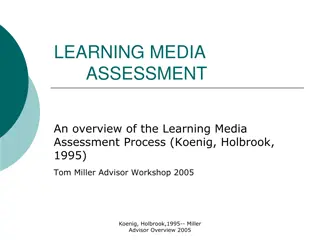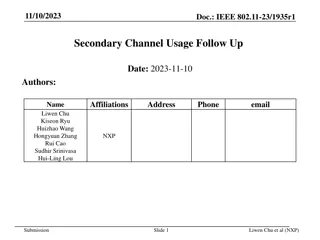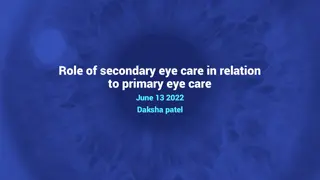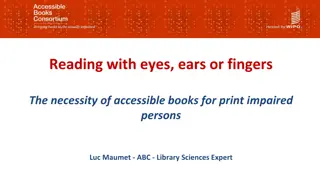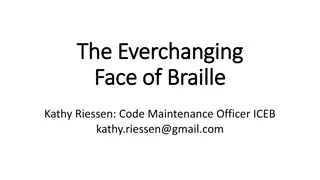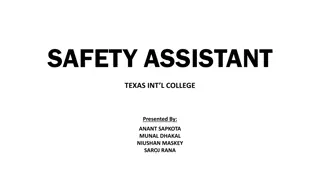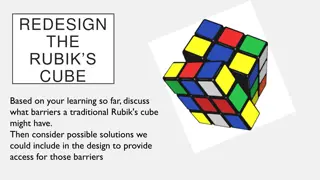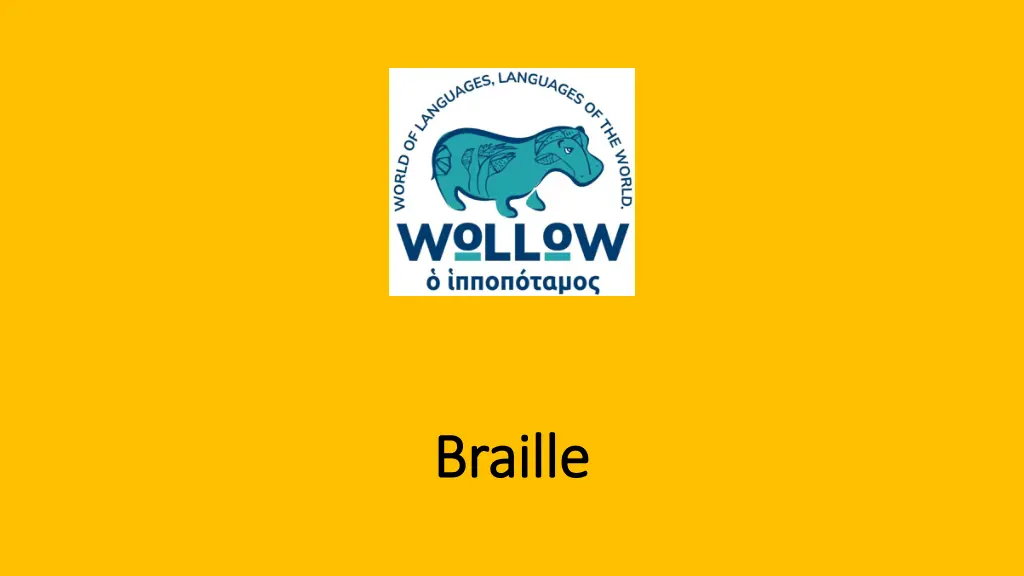
Discovering the World of Braille
Explore the fascinating world of Braille, from its origins with Louis Braille to its use in different languages. Learn how Braille is decoded, spot unique patterns in the system, and understand its importance in empowering the visually impaired. Decode messages, write in Braille, and unravel the mysteries of this tactile writing system.
Download Presentation

Please find below an Image/Link to download the presentation.
The content on the website is provided AS IS for your information and personal use only. It may not be sold, licensed, or shared on other websites without obtaining consent from the author. If you encounter any issues during the download, it is possible that the publisher has removed the file from their server.
You are allowed to download the files provided on this website for personal or commercial use, subject to the condition that they are used lawfully. All files are the property of their respective owners.
The content on the website is provided AS IS for your information and personal use only. It may not be sold, licensed, or shared on other websites without obtaining consent from the author.
E N D
Presentation Transcript
Braille Braille
Objectives Objectives Today we will... 1. Investigate braille what it is and where it comes from 2. Spot patterns in how braille is formed 3. Put our decoding skills to the test
Let's go! So, what's braille? Let's go! So, what's braille? Braille was invented by Louis Braille at the beginning of the nineteenth century. He was French and lost his sight at a young age. Braille letters consist of a group of 6 possible dots, called a cell. Some dots in the cell are raised. People who are blind or visually impaired can feel these raised dots with their fingertips. Each group of raised dots stands for a letter, a number or a punctuation mark. There are lots of other braille codes for languages like Arabic, Greek and Thai.
Meet Emily: Let's Meet Emily: Let's see how she uses see how she uses braille at home. braille at home.
What patterns can you What patterns can you spot? spot? HINT: Look at A to J. Compare it with K to T. Now compare A to E with U to Z (but not W) Why do you think W is the odd one out? What do you think happens in languages with accents or umlauts? (Such as German or French ?)
Can you decode my (rather easy) message? Can you decode my (rather easy) message? Here are the answers to the questions on the last slide. Letters K to T are the same as letters A to J with the only difference being the additional raised dot in the bottom left of the cell in letters K to T. Letters A to E are the same as U to Z (ignoring W) with the only difference being U to Z (not W) having the addition of two dots on the bottom row of the cell. W is the odd one out because, at the time of creation of braille, French had no W. Languages with accents have additional braille letters.
Can you write your name in Braille? Can you write your name in Braille? Or perhaps you'd rather write a message? Or perhaps you'd rather write a message?
Reading Braille Reading Braille When people learn to read braille, they learn the letters. When they get more proficient, they learn "contracted braille". Contracted braille is shortened form. Some short words or sounds are given abbreviated braille patterns, called contractions. There are 180 contractions, or short cuts . Can you spot the difference between the two phrases in braille above? Where are the contractions? (Example taken from Beginner s Guide to Braille everydaysight.com) What could be the benefits of using contracted braille? 1 2 3
You'd imagine it's a slow process.... You'd be wrong! Take a look at this... Demonstration of reading braille - an extract from Harry Potter read aloud - YouTube
And what about numbers? And what about numbers? What do you notice when you compare these numbers to letters of the alphabet in braille? How would braille readers differentiate between a number and a letter?
The numbers 1 to 9 are the same as letters A The numbers 1 to 9 are the same as letters A to J. to J. How would braille readers differentiate between a number and a letter? Well, this is braille cell meaning "number". So, you may see numbers that appear like this: Now, on your worksheet, write your age (remember to include "number").
WoLLoW would like to WoLLoW would like to know... know... A) Why do we use braille? B) Where can we find braille? C) Does anyone have any braille they can bring in so we can feel the letters?



